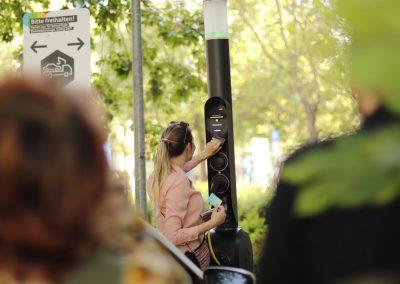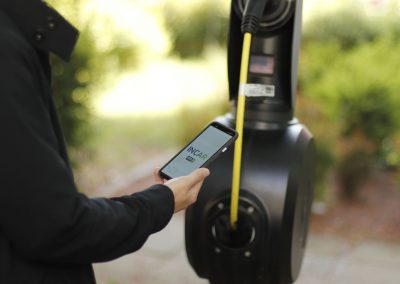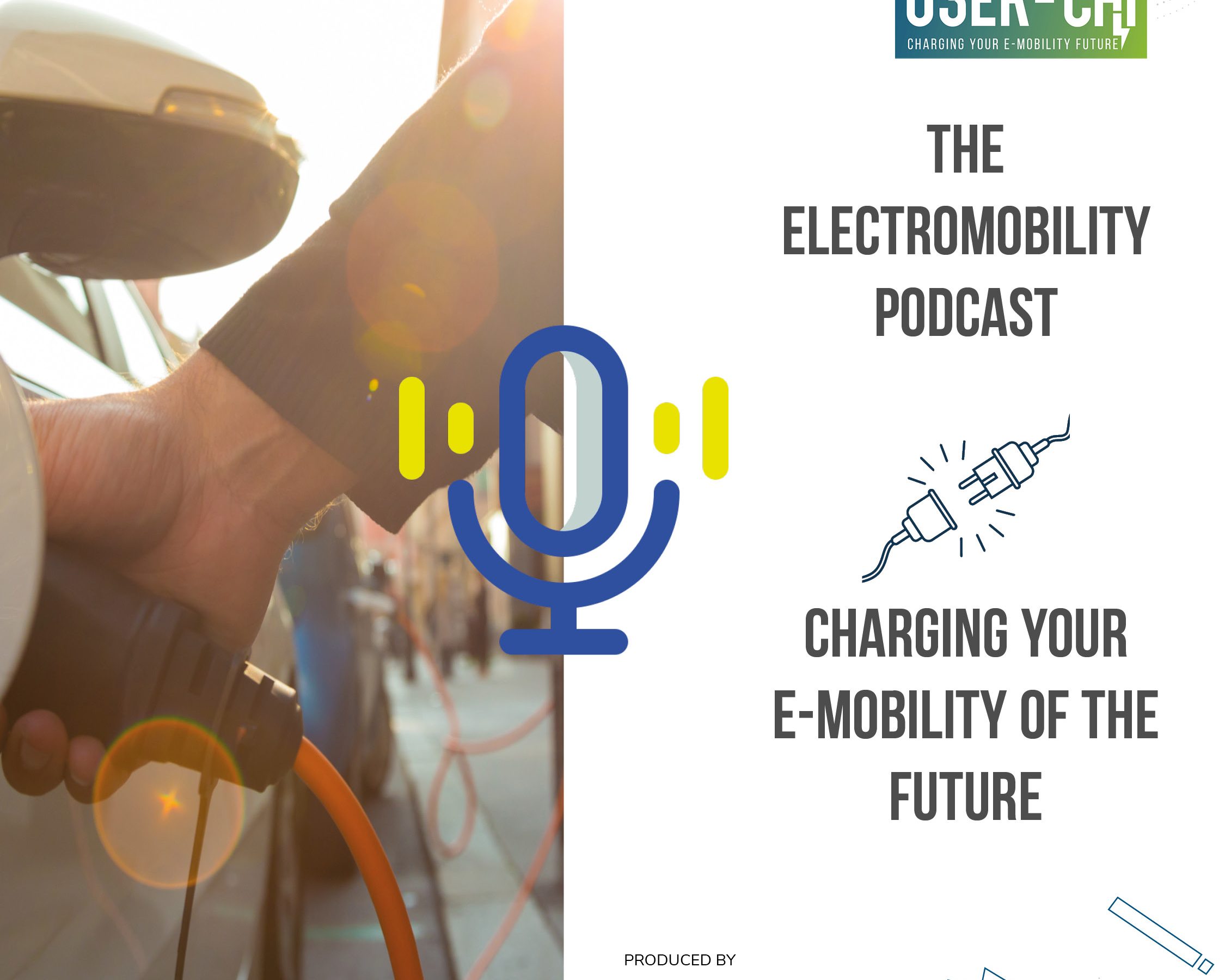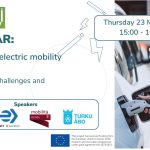A closer look at electromobility in Berlin
Representatives from Barcelona (metropolitan area), Budapest (public transport company), Florence (city), Murcia (city), Turku (city and housing company), besides the fellow colleagues from the cities of Lisbon and Leeds and the hosting organisations in Berlin (SenUMKW, Gewobag, VMZ and IKEM) had the chance to discuss these topics over a two-days visit in Berlin in the framework of the USER-CHI project.
State of play
First some context, Berlin is the capital and one of the 16 federal states of Germany. It is the largest German city and ranked as the most populated city in the European Union.
As a big city, Berlin has a relatively low level of motorisation compared to the whole of Germany. There is a growing sharing sector for cars, e-bikes, scooters, and e-scooters.
In 2018, the Berlin Mobility Act came into force with the primary objective to increase road traffic safety (‘vision zero’) and promote eco-mobility through public transport, cycling and walking. This plan was accompanied by thematic strategies (pedestrians, cycling, e-mobility…).
What about electromobility?
Berlin’s electrical vehicles fleet is still small but constantly growing. Public transport fleet is almost fully electrified, and the number of e-scooters and e-bikes is growing.
Berlin is quite unique as the responsibilities for charging infrastructure is shared between the Federal State, the Senate Department for the Environment, Mobility, Consumer and Climate Protection and the Senate Department for Economics, Energy and Public Enterprises with Berlin Agency for Electromobility.
Charging infrastructure in Berlin
Within the city, there are currently more 9.000 existing charging points (see https://energieatlas.berlin.de/) from which 1.787 are publicly accessible and 1.170 on public ground.
The ‘Berlin Model’ for Public Charging Infrastructure is guided by the principle of public utility and the criteria that everyone should be able to charge at every charging station.
An extensive study Elektromobilität Berlin 2025+ on charging use cases and scenarios for the deployment of charging points was conducted in 2021. Its results indicate that with full electrification of the vehicle fleet, between 435.000 and 802.000 charging points will be needed in Berlin by 2040. Contrary to Germany-wide forecasts, most charging needs in Berlin will not be covered by private charging points. It is important to note that in almost all use cases, the number of charging points required can be significantly reduced by increasing their utilisation rate: the installation of fast charging points (‘charging hubs’) can significantly reduce the need for charging infrastructure on other publicly accessible ground.
The study also concluded that the state of Berlin should set up a central office to coordinate the expansion of the charging infrastructure and use dedicated tools to plan the charging points. One of the main challenges is the complex planning of charging infrastructure on public ground, given the set of data and criteria to take into account (existing charging stations, existing and planned cycling network, distance to road and cycle paths, monuments…). Some solutions involve making the provision of data relevant for such planning publicly accessible and provide appropriate tools such the CLICK platform developed by USER-CHI.
This two-days visit was also the opportunity to discuss the activities and challenges of a housing company and its contribution to the city’s objectives in deploying a well-spread and reliable network of charging points.
USER-CHI solutions at play
INCAR app
USER-CHI is developing an app that will make it easy for the user to find, book and get directions to a chosen charging point. By subscribing to the app, the user will be able to charge at any of the charging points featured, while the backend will make it possible for the operators to easily exchange information. INCAR could help map and make the most of the existing public and publicly accessible charging points, thus supporting the deployment targets in Berlin and other European cities.
USER-CHI demo site for INCAR testing
Gewobag, a municipal housing company in Berlin, has installed two Qwello electric charging points on the parking of one of its residential buildings. There are two parking lots, previously unoccupied, that have been transformed into charging spots and that are publicly accessible. People can find, book and drive to these charging points through the INCAR app. They can also easily manage the charging session through it and pay.







